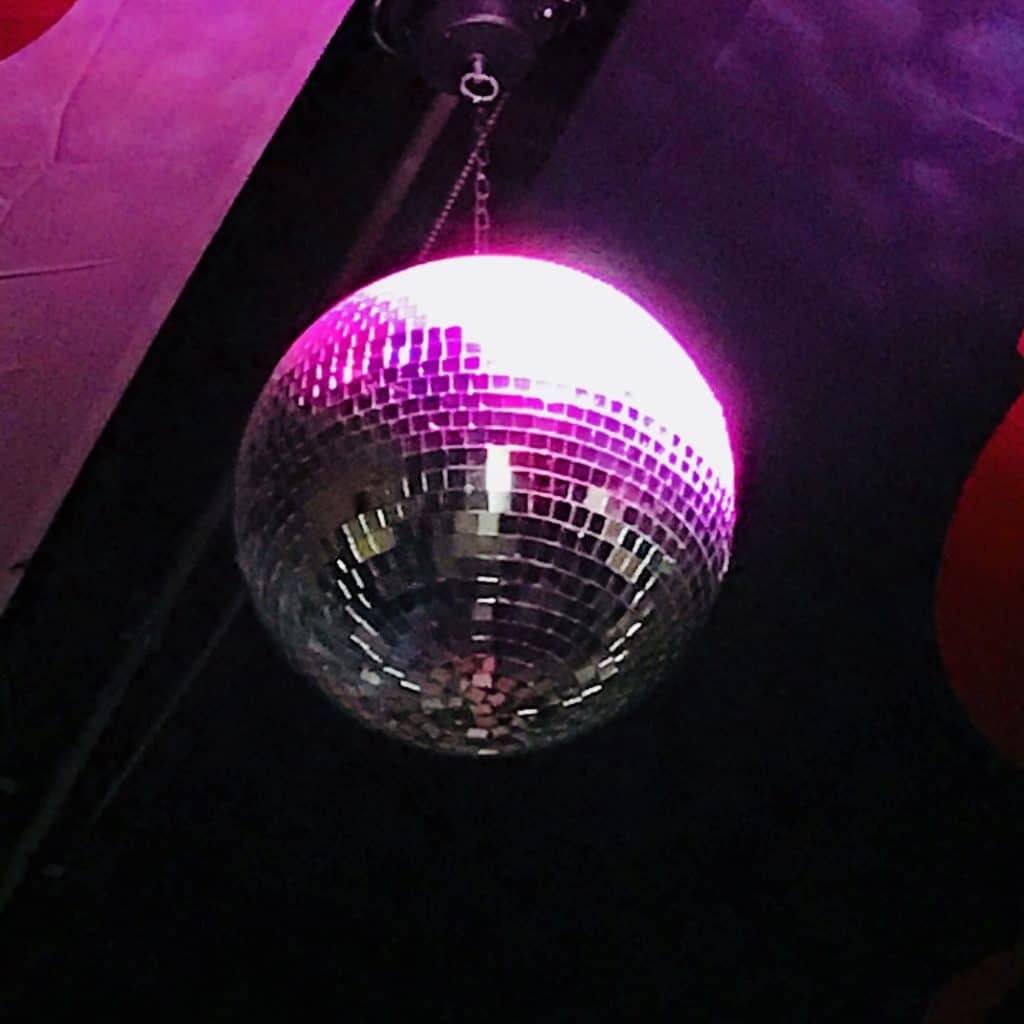
The active laser medium (also called gain medium or lasing medium) is the source of optical gain within a laser. The gain results from the stimulated emission of photons through electronic or molecular transitions to a lower energy state from a higher energy state previously populated by a pump source.
Examples of active laser media include:
- Certain crystals, typically doped with rare-earth ions (e.g. neodymium, ytterbium, or erbium) or transition metal ions (titanium or chromium); most often yttrium aluminium garnet (Y3Al5O12), yttrium orthovanadate (YVO4), or sapphire (Al2O3);[1] and not often Caesium cadmium bromide (CsCdBr3)
- Glasses, e.g. silicate or phosphate glasses, doped with laser-active ions;[2]
- Gases, e.g. mixtures of helium and neon (HeNe), nitrogen, argon, carbon monoxide, carbon dioxide, or metal vapors;[3]
- Semiconductors, e.g. gallium arsenide (GaAs), indium gallium arsenide (InGaAs), or gallium nitride (GaN).[4]
- Liquids, in the form of dye solutions as used in dye lasers.[5][6]
In order to fire a laser, the active gain medium must be in a nonthermal energy distribution known as a population inversion. The preparation of this state requires an external energy source and is known as laser pumping. Pumping may be achieved with electrical currents (e.g. semiconductors, or gases via high-voltage discharges) or with light, generated by discharge lamps or by other lasers (semiconductor lasers). More exotic gain media can be pumped by chemical reactions, nuclear fission,[7] or with high-energy electron beams.[8]
https://en.wikipedia.org/wiki/Active_laser_medium
No comments:
Post a Comment